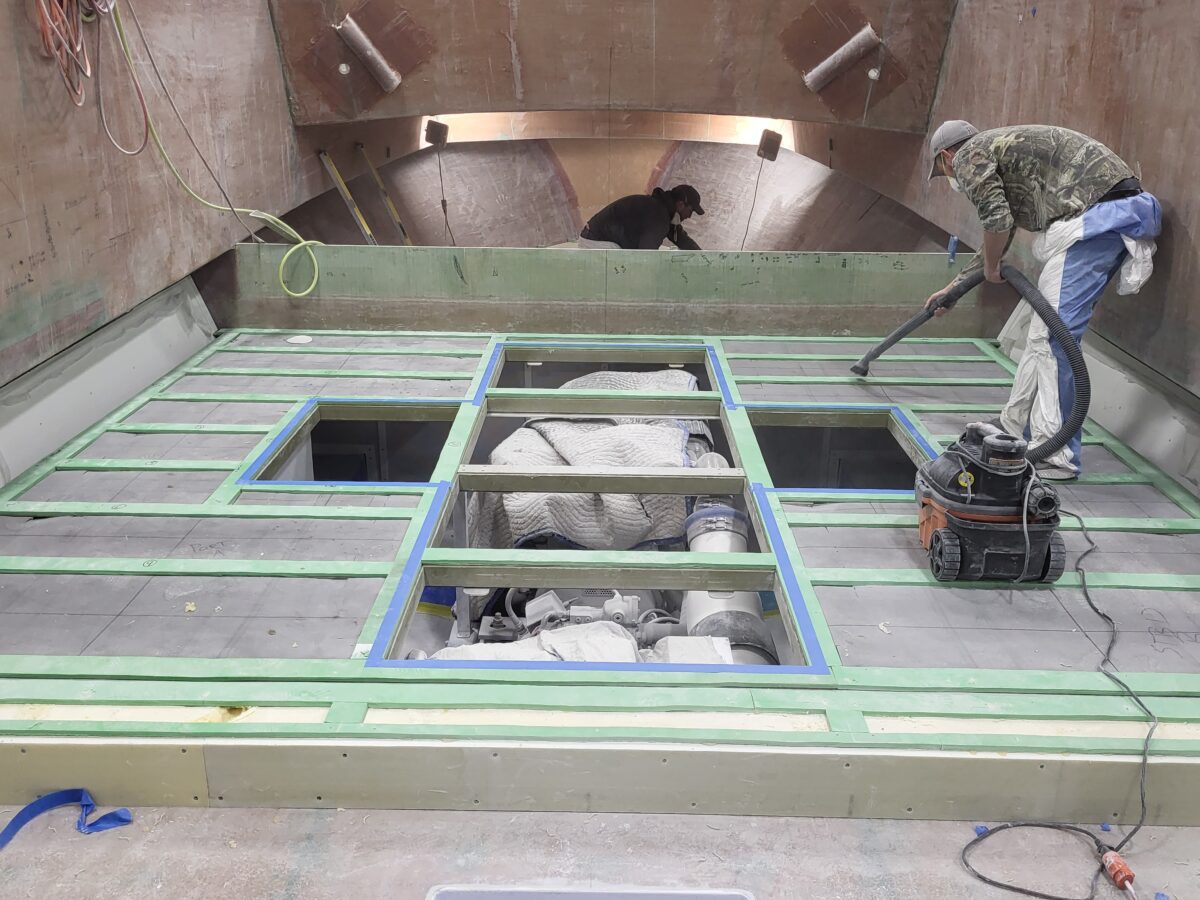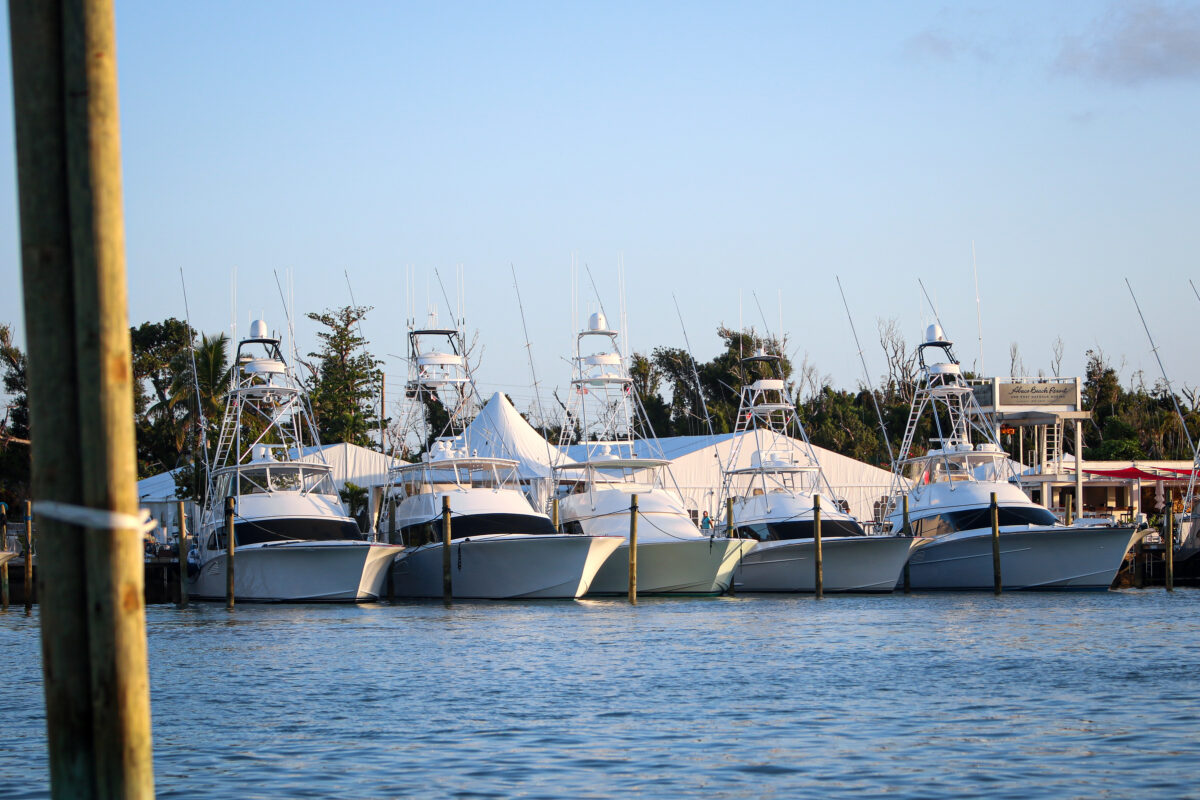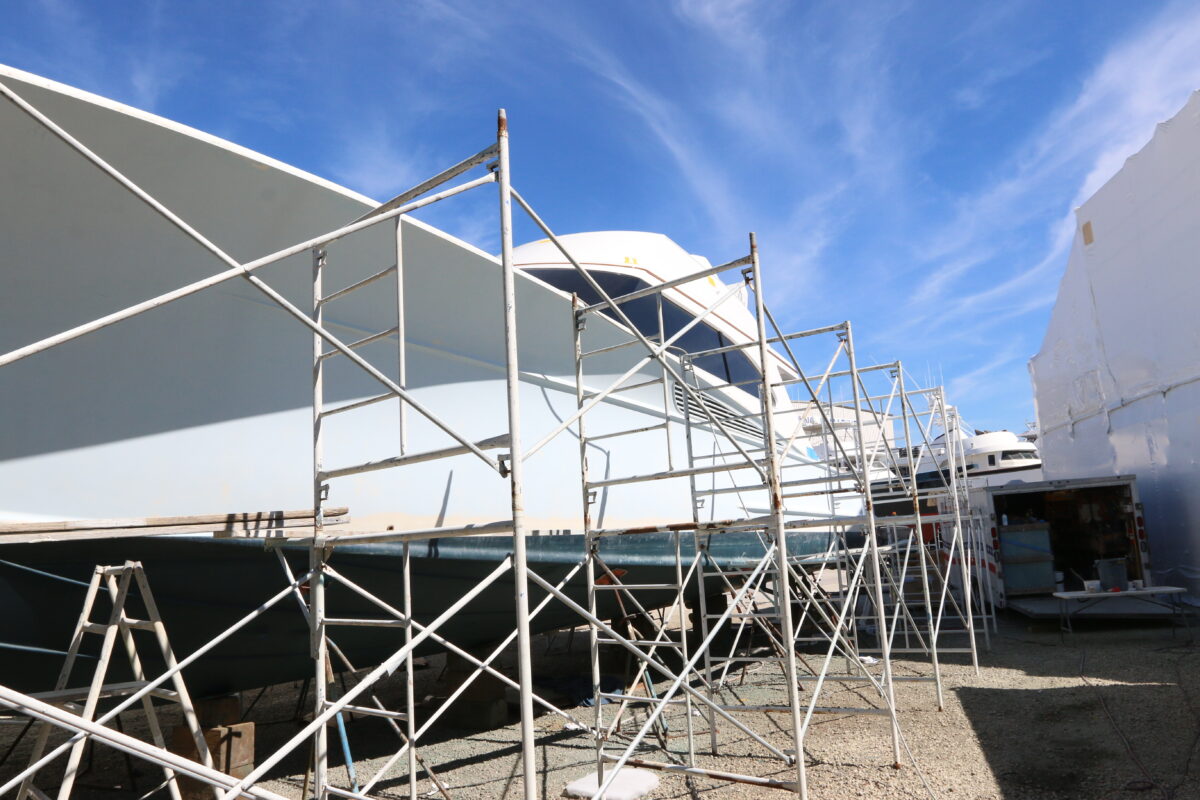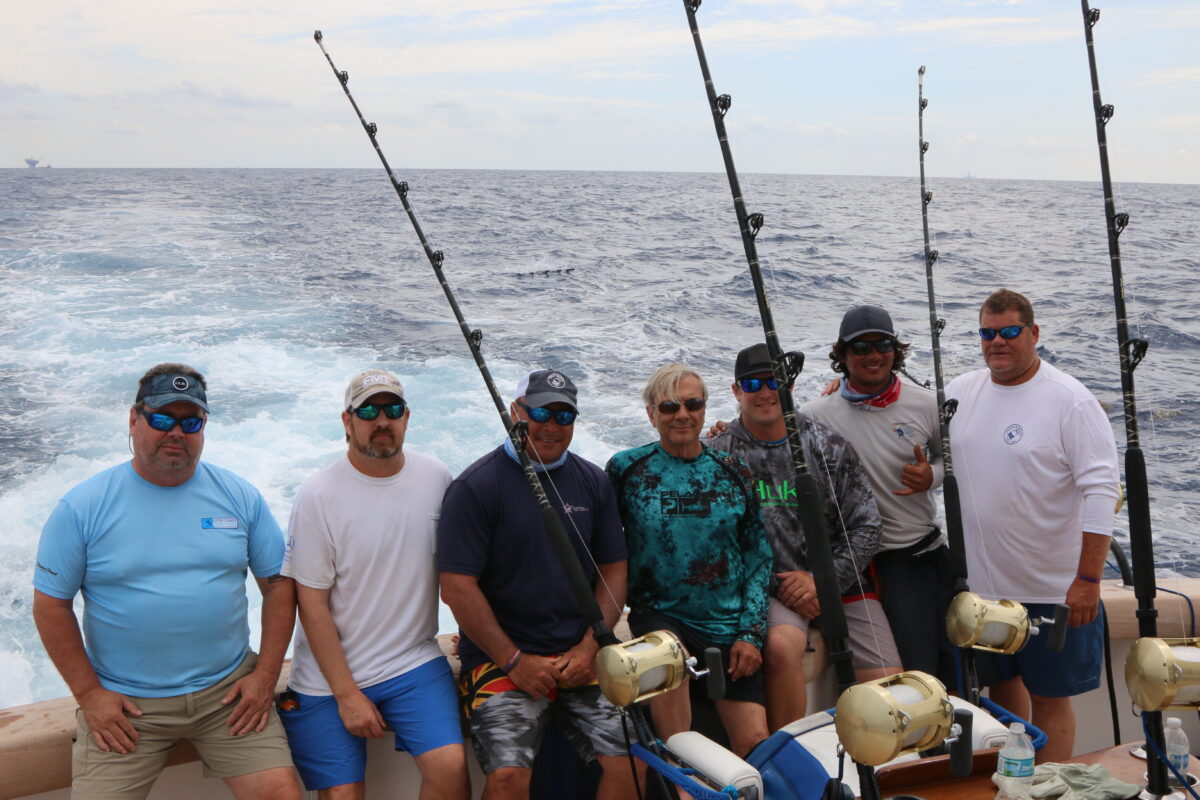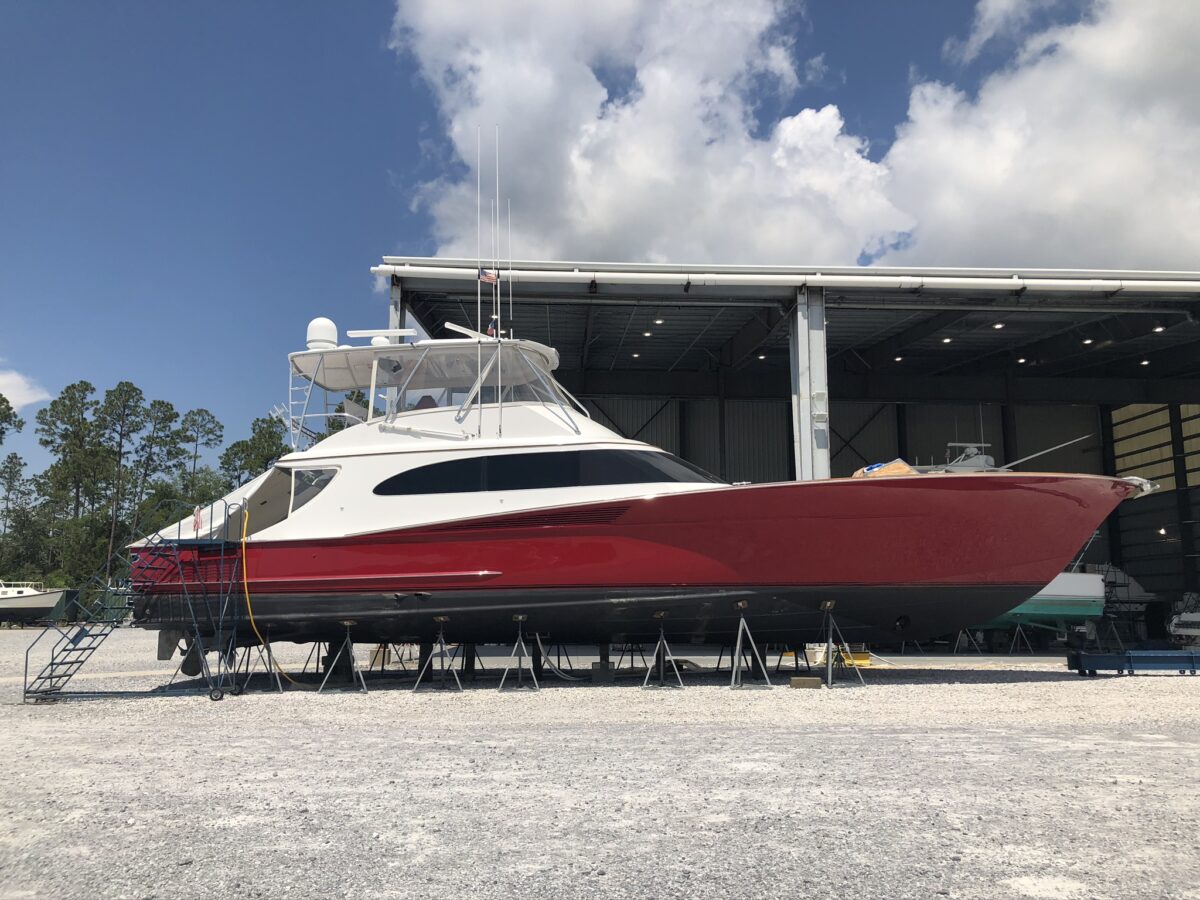This article is not about the pandemic. It centers on the wake that COVID left behind in its trek around the globe. It’s a wake that is still upsetting the natural order of things. Take for example the supply chain disruption, which everyone has experienced to one degree or another.
When the reality of such issues began to impact the specification process of my yacht design firm, we realized that to deliver even the projects that we were contracted for (six at the time, to be exact) during the pandemic, we needed to make subcutaneous changes. These changes have had an enduring impact on the firm’s internal operations.
Making these changes shed constructive light on what the design team could proactively do to make the most of a difficult situation, and to help yield a successful and satisfying yacht refit. So to preface, this article focuses on the useful information you, the yacht owner, require when planning your next refit. We are all in this oddity of times together, and my goal is to assist you in proactively eliminating as many of the stressors of a refit as possible before the process even starts. Yachting should be recreational and fun. Your enjoyment shouldn’t wane before you even get on the water.
Here are my top 10 tips for a stress-free post-pandemic refit.
1. Set Parameters:
When embarking on purchasing a brokerage vessel, there are fundamental parameters to consider such as size, accommodation, performance, etc. I recommend you have these parameters and more, including the time and expense you are willing to invest in a refit, fixed in mind as clearly as possible BEFORE you start the process with your yacht broker. You will most certainly not be able to define such parameters conclusively beforehand. However, giving due thought to the process is your first line of defense in preventing an out-of-control project.
2. Be Clear:
Be prepared to articulate to a reasonable degree what you need and want to accomplish with your refit. This involves establishing which areas will be worked on, both above and below deck, and the level of renovation needed. Should your refit project need to be split into phases, clearly identify the yard periods (arrivals and departures) as well as your expectations of the work to be performed at each time. It is a standard requirement of my firm to have such parameters established before engaging in a refit agreement. Not having such information clarified upfront is the single largest liability leading to a failed refit or, at the very least, a disappointing refit at best.
3. Be Flexible:
This is an overly broad statement, but please let me expound. Be flexible with the market’s inventory. At the start, establish a tiered approach with the most key features you would like in your new yacht. An ultimate wish list. This may include anything from the size to the layout to features like a gym, elevator, etc. Supply chain issues have impacted all products sold, including luxury vessels. Nonetheless, if you have a tiered approach, you stand a better chance of quickly identifying when you’ve “found your yacht,” even if she visually doesn’t look the part yet. Be flexible with shipyards. The shipyard with the most ideal location for you might not be available. However, a secondary location might offer better or more readily accessible services that could contribute to minimizing your in-yard time.
Pro Tip:
The more remote the yard, the more likely you will incur trip charges by vendors who must commute to these locations. Factor this into your overall budget. Be flexible with your designer. Traditionally speaking, apart from the shipyard, your designer has the heaviest burden and a significant responsibility. The act of designing and bringing to fruition an entire interior environment, for example, is an incredibly tedious and time-consuming process. It can often involve hundreds of vendors and subcontractors, all of whom your designer is responsible for selecting and orchestrating into a seamless process. Flexibility with the designer will make the process of substitutions, in materials as well as that of trades, a little easier to endure, and simultaneously preserve your joy in the process.

4. Exercise Patience:
Remember that your designer is continually bombarded with updates from suppliers, showrooms, mills and distributors, such as news that an item is now back-ordered, or that another item is now out of stock or has been dropped from production. Such announcements can instantly unravel a perfectly orchestrated design. Imagine preparing for a dinner party. As you reach a critical point in cooking, you discover one of the essential ingredients for the main course is missing. This could quickly spell disaster. However, with a quick-thinking, ingenious chef, a crisis is averted. Like a miracle-working chef, your professional yacht designer is well equipped to prevent a last-minute disaster with a little bit of patience and a lot of teamwork.
5. Dream Big, But Realistically:
This tip is in NO way intended to smother your dreams! There are, however, aggressive goals, and then there are genuine pipe dreams. When undertaking your refit, be mindful of the time element versus the scope of what you would like to accomplish in your timeframes. Sometimes, what seems possible simply won’t work in each timeframe, while other times, what seems impossible can become reality. We recently completed a major refit of a 44m Palmer Johnson yacht named ALTA.
Her contract timeline was 161 days from bow to stern, start to finish. This was one of my more aggressive projects, but once I ensured all my subs and vendors were committed to performing their part on the project along with an agreed-upon schedule, I signed the contract. We delivered the vessel to her proud owner upon a walk-through and a handshake at 3 p.m. on the 161st day following contract signing.
6. Acknowledge Big Ticket Items:
Become familiar with the items that can quickly escalate your budget. Such items include the removal of existing or replacement of new millwork (wood) and marble, the refinishing of millwork components, a new overhead lighting system and controls, and the removal and replacement of plumbing. In my 33 years as a yacht designer, when it comes to refits, the above-mentioned items are the typical hoodwinks to the yacht’s interior. The big-ticket items on the vessel’s exterior are primarily the paint job and new teak on the decks.
7. Outsource Mechanics (electrical, plumbing, air conditioning, navigation, A/V-IT-Security):
As a rule of thumb, we tend to either decline the handling of such disciplines, or we assign them to the yard. As the owner, it is best if you direct such disciplines to the shipyard or your crew, particularly on large refits. Doing so helps free up your designer to focus on the myriad of refit project tasks.

8. Interviewing Your Designer:
Armed with the tips above, create a personal meeting agenda with a list of in-depth questions to ask the designer. Suggestions of questions include: “Do you have a technical team member supervising the day-to-day management of the project onsite (not from the office)?”, “How will the design team meet the milestone dates should the project be produced in phases?”, “Where are the design team’s key workrooms in relation to the yacht?” and “What is your vendor/subcontractor redundancy?” The last question will help detect if the designer has the reach and the depth of relationships to pool if their first- or second-choice vendors are not available during the refit schedule.
Pay keen attention to how much emphasis is placed on you, the client, and your needs, expectations and tastes. Let’s face it, some designers design according to their personal preferences, which is an easier task that keeps them in their comfort zone. Also, note their reaction and level of enthusiasm, or lack thereof, when you mention topics or requests that are unusual yet dear to you. If you detect blowback, be mindful of it, as it can be an indicator of a power struggle throughout the project. As the client, you don’t need that. Of course, always ask for references. Most well-established yacht designers have the support of their clients, who are willing to vouch for their character, integrity, honesty, abilities, reliability and disposition.
9. Know What Is Not Included:
The budget for a refit can amount to many unknowns. However, an experienced and reputable marine designer should have, to a degree, enough historical projects to formulate and estimate a budget for your project. Most people become fixated on what is included in the budget, but be sure to request a detailed list of what is not included so there are no surprises.
10. Go Beyond the Finish Line:
At the end of a project, particularly one that spans a year or more, crossing the finish line with full zeal and attention can be trying. But your designer must see your project through down to the placement of the final item onboard to ensure that your vision has met its conclusion.
Side Note:
Over the years, one of the biggest complaints from owners is that the vessel is not set up each time the way it was when delivered and presented to the owner. Capture a record of the full setup at delivery with photo documentation to ensure your yacht is assembled as designed by your crew, even when there is a changeover.
Following these tips will help you find a less stressful, more enjoyable refit experience — a “new normal” in the industry today.











About the Author
Seasoned and established for over three decades in the global yachting scene, Patrick Knowles has produced award-winning designs for domestic and international clients who have become longtime collaborators and retained clientele. With beginnings in designing aircraft interiors for private, VIP and head-of-state sectors, Patrick Knowles’s ability to capture and interpret the imagination of the world’s most discerning clients made a crossover into the luxury yacht market a smooth transition. He has since worked with numerous shipyards in Europe, the Americas and beyond, collaborating with the likes of Burger Yachts, Christensen, Delta Marine, Feadship, ISA Shipyard, Palmer Johnson and more.










